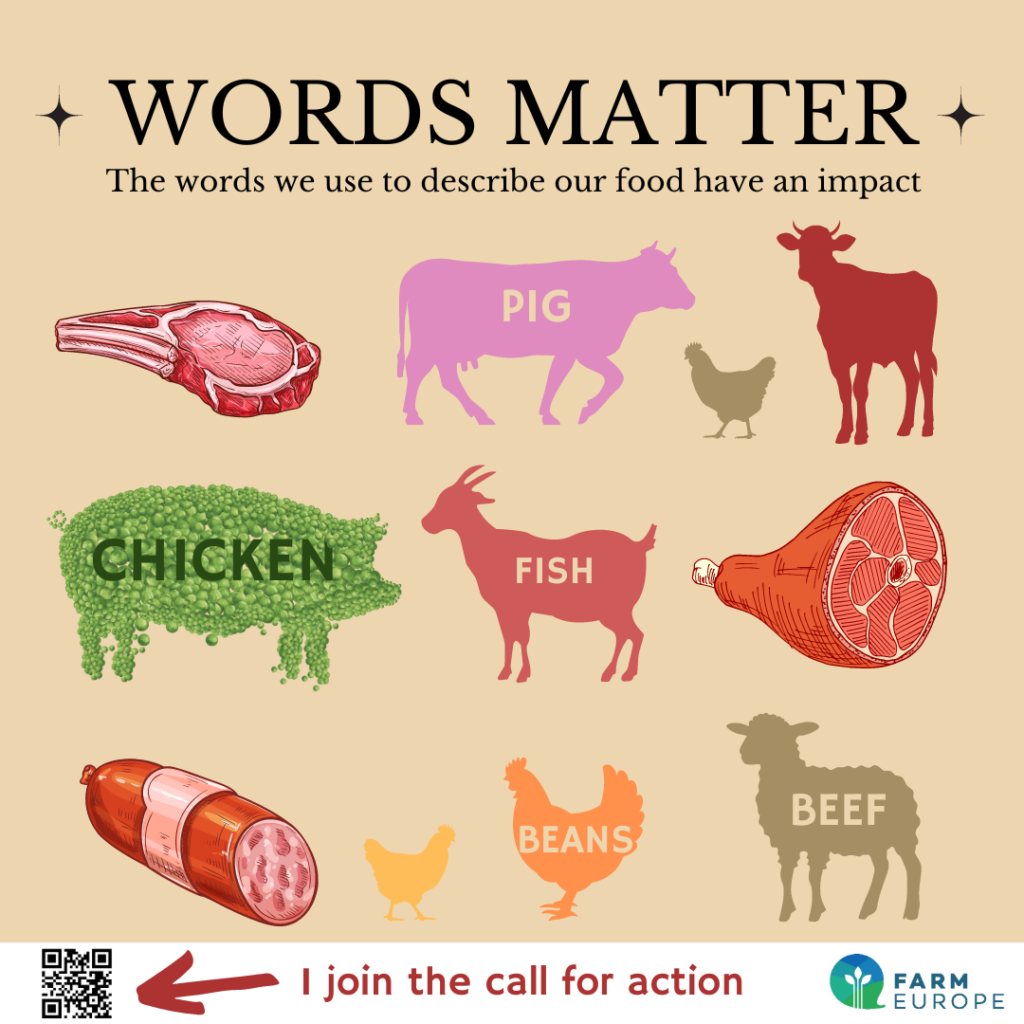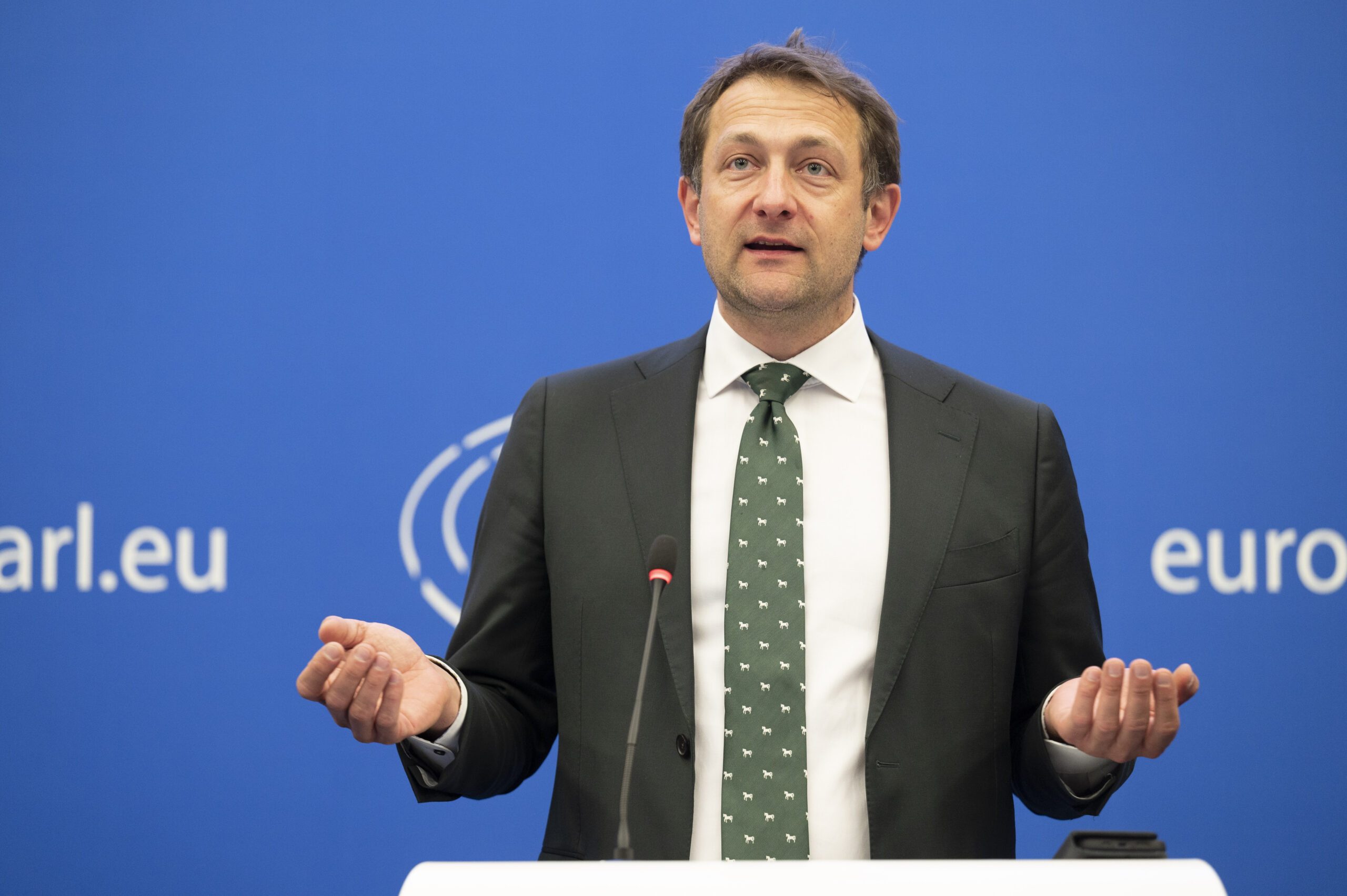Following our assessment of the Court of Justice statement on Meat Denominations, Farm Europe launches a Call for Action to European Institutions.

Since 1987, milk and milk products have been protected by European legislation to ensure clear information for consumers and to prevent the ambiguous marketing use of these terms by alternative products and imitations.
Questioned on the validity of the French initiative to ban the use of meat names to designate a product containing vegetable proteins, the European Court of Justice has just concluded that a Member State may not enact national measures regulating or prohibiting the use of names other than legal names.
Faced with the surge of ultra-processed alternative products on the shelves, this legal interpretation by the Court of Justice now puts the European institutions to the sword: it is above all up to them to take up the issue. It’s up to them to protect consumers, ensure transparency in the names used in the meat sector and put an end to the double standards for meat and milk that have gone on for far too long.
The Court has open ways for Member States to take new initiatives within a clearer legal framework. But it is above all up to Europe to preserve its internal market and protect consumers.
Today, when it comes to meat, there are very precise rules on what, for example, the French “steak haché” or “escalope hachée” must contain at least 99% meat and less than 1% salt! It is a lightly processed product, with mainly one ingredient.
With the Court’s approach, meat substitutes and imitations – including ultra-processed ones – could legally use these names without any requirement as to the natural character of the product.
This opinion clearly raises the issue of discrimination between meat and meat substitutes and imitations, and of effective consumer protection. We therefore call on European decision-makers to intervene as quickly as possible and put order on the shelves and in the internal market!
Join the call scanning the QR Code here !
Background
On the basis of Regulation (EU) Noo 1169/2011 of the European Parliament and of the Council of 25 October 2011 on the provision of food information to consumers, the Court of Justice holds that a Member State may not lay down national measures regulating or prohibiting the use of designations, other than legal names, consisting of terms from the butchery, charcuterie and fishmongery sectors to describe, market or promote foodstuffs containing plant proteins instead of proteins of animal origin.
This decision excludes these sectors from the provisions that the co-legislators deemed necessary for dairy products as early as 1987 (Council Regulation (EEC) No 1898/87 of 2 July 1987), when imitation and substitute products began to be placed on the market. It also discriminates against the meat sector in terms of consumer protection regulations.
Legislation to protect consumers from being misled by various everyday consumer products using meat is drastic. Only minced meats meeting the definition in point 1.13 of Annex I to EC Regulation 853/2004 are allowed to use the designations steak or minced steak (beef), minced grill, minced escalope (veal, pork). Minced meat is defined in point 1.13 of Annex I to EC Regulation 853/2004 as boneless meat that has been minced into fragments and contains less than 1% salt. To qualify as 100% minced meat from (species), even the simple addition of salt is not sufficient.
Meat products are defined in point 7.1 of Annex I to EC Reg. 853/2004 as “processed products resulting from the processing of meat or from the processing of products so processed that the characteristics of the fresh meat can be discerned from the cut surface at the heart”. “Moulded minced meat may be called: steak or minced steak (beef), minced grill, minced escalope (veal, pork)”.
Can it be considered legitimate for only minced meats that meet a strict definition to be able to use the name minced steak, while substitutes and imitations that are often ultra-processed could unconditionally benefit from the possibility of using this name or others such as sausage, ham or hot dogs[1] ?
So that European consumers can benefit from the same level of information, transparency and safety, it is up to the European institutions to take up the issue of meat names. They did so inconclusively during the 2020 discussions on the Common Market Organisation as part of the reform of the Common Agricultural Policy, for the butchery and charcuterie sectors. However, they must take the initiative again to finally guarantee that the law applying to consumer information is brought into line with that already applying to the milk and dairy products sector and with the consumer protection provisions of Regulation 853/2004, which tightly regulates meat products.
[1] For example, the average composition of vegetarian hot dogs is as follows: water, rapeseed oil, table salt, starch, pea protein, potato protein, citrus fibre, thickener: E 407a, E 461, acidifier E 330, natural flavour, spices, dextrose, spice extracts, colouring E 160a, red radish concentrate, beechwoodsmoke.



